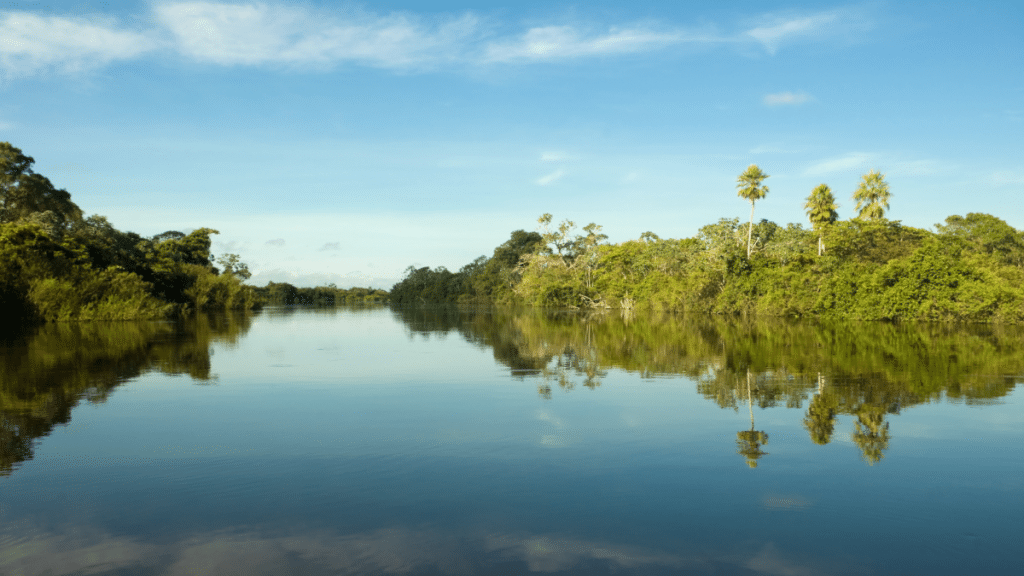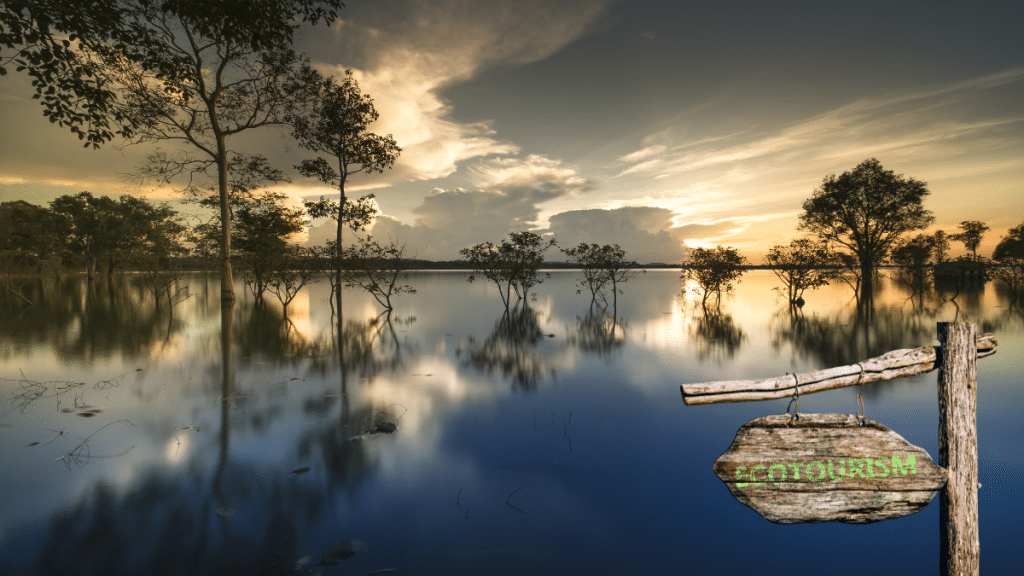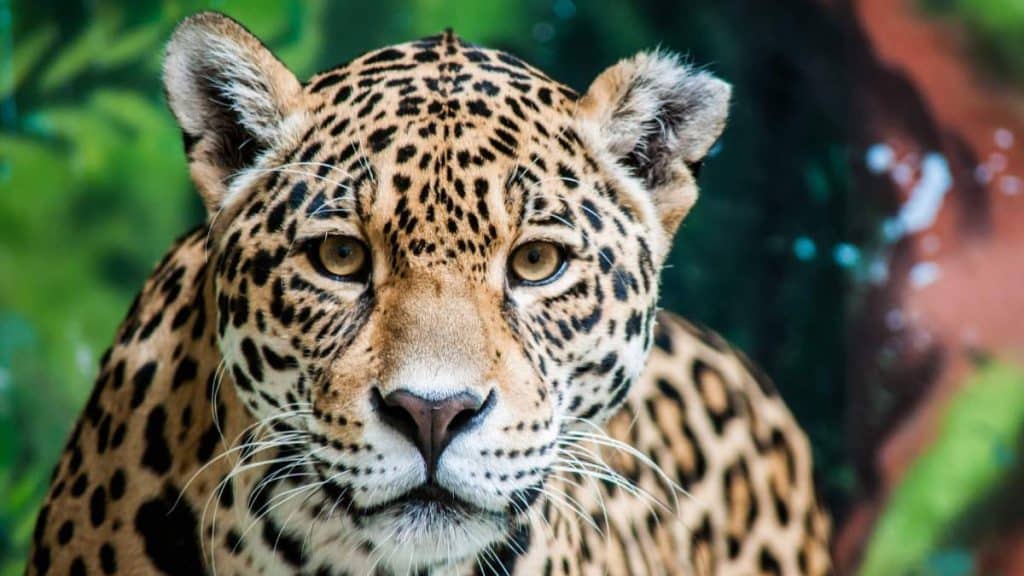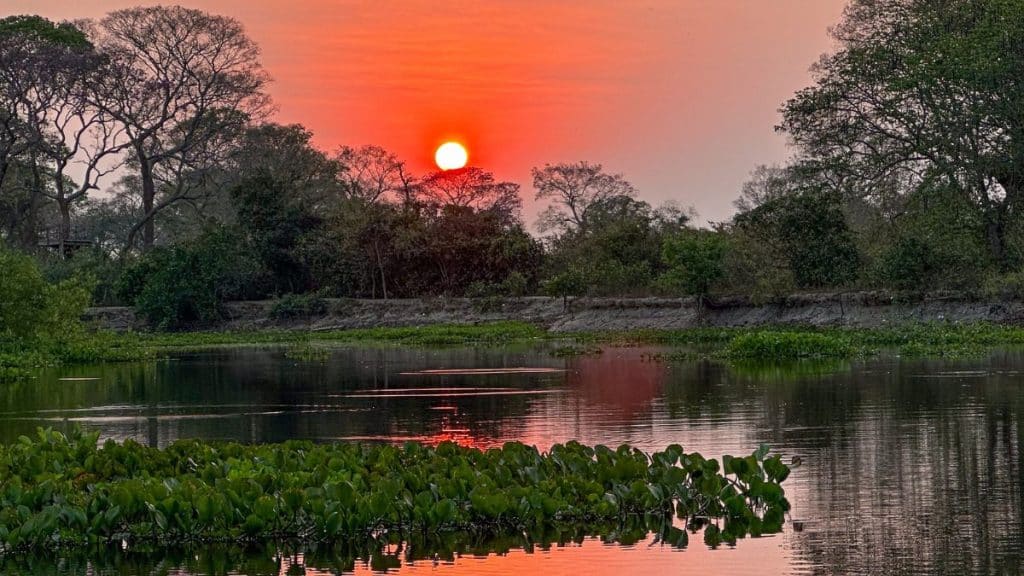The Pantanal, located in the heart of South America, is one of the natural wonders of the world. This vast region of wetlands, winding rivers, and lush forests is renowned for its rich biodiversity and unparalleled beauty. With globally recognized ecological significance, the Pantanal is home to a staggering variety of wildlife species, including rare birds, exotic mammals, and unique plants.
In recent years, tourism in the Pantanal has experienced significant growth as more people seek to explore its natural wonders. However, this increase in tourism has also brought significant implications for the conservation of this delicate ecosystem.
In this article, we will explore the topic of sustainable tourism in the Pantanal and how it plays a crucial role in protecting the beauty and biodiversity of this region. We will examine what sustainable tourism is, the impacts of tourism on the Pantanal, the sustainable practices in place, inspiring case studies, and future challenges. Through this comprehensive guide, we aim to raise awareness about the importance of preserving the Pantanal while enjoying its wonders.
Sustainable Tourism: What Is It?
Sustainable tourism, often referred to as eco-tourism or responsible tourism, is a concept and approach that places great emphasis on the long-term well-being of natural and cultural environments, local communities, and the overall ecological balance. At its core, sustainable tourism seeks to minimize negative impacts on destinations while maximizing the positive ones. In the context of the Pantanal, a fragile and pristine ecosystem, the principles of sustainable tourism become even more crucial.
Key principles of sustainable tourism include:
- Environmental Conservation: Sustainable tourism aims to protect the natural environment and its biodiversity. This involves minimizing pollution, conserving resources, and preserving the habitats of the Pantanal’s unique wildlife.
- Community Empowerment: Sustainable tourism actively engages with and benefits local communities. It promotes fair wages, cultural preservation, and community involvement in tourism activities.
- Economic Viability: While protecting the environment and supporting communities, sustainable tourism also needs to be economically viable. It should generate income and employment opportunities, contributing to the region’s economic stability.
- Visitor Education: Sustainable tourism encourages visitors to understand and respect the ecosystems they are exploring. It promotes responsible behavior, such as minimizing waste and respecting wildlife.
In the context of the Pantanal, sustainability is paramount. The importance of maintaining the ecological balance and conserving the region’s exceptional biodiversity cannot be overstated. Sustainable tourism in the Pantanal aims to strike a harmonious balance between the enjoyment of its natural wonders and the protection of its fragile beauty for future generations. It is through these principles and practices that the Pantanal’s natural beauty can be preserved for years to come.

The Beauty of the Pantanal
The Pantanal, often referred to as the world’s largest tropical wetland, boasts a beauty that is both enchanting and unparalleled. Its allure lies in the harmony between diverse ecosystems, the vibrant palette of colors it displays, and the extraordinary biodiversity that thrives within its boundaries.
Description of Natural Beauty:
The Pantanal’s landscape is a mesmerizing canvas that transforms with the seasons. During the prime season (between june to november), which is the period when wildlife is most active because the area is not flooded, it is the best time to see the animals on their habitat. It’s really an amazing experience.
Unique Biodiversity:
What truly sets the Pantanal apart is its astonishing biodiversity. This region is home to a staggering array of species, from the majestic jaguar to the iconic hyacinth macaw. It’s a birdwatcher’s paradise, where the calls of toucans and the sight of vibrant plumage overhead are a daily spectacle. The Pantanal’s waterways host anacondas, capybaras, and caimans, making it a dynamic ecosystem.
Threats to Beauty Due to Unsustainable Tourism:
Unfortunately, the increasing popularity of the Pantanal as a tourist destination has brought forth significant challenges. Unsustainable tourism practices, such as habitat disruption, overdevelopment, and the pollution of waterways, threaten the very beauty that draws visitors. Irresponsible behaviors like littering and disturbance of wildlife also pose risks.
As we delve deeper into the topic of sustainable tourism in the Pantanal, it becomes increasingly clear that preserving this natural beauty is not just a choice but a responsibility. The Pantanal’s allure lies not just in its aesthetics but in its intricate web of life, and it is our duty to ensure that this beauty remains intact for generations to come. Choosing responsible firms to guide you on these journeys, such as SouthWild, with over 30 years of experience in protecting the land, becomes paramount in this commitment to safeguarding the Pantanal’s splendor.
The Impact of Tourism on the Pantanal
Exploration of Positive Impacts:
Tourism, when managed sustainably, can bring numerous positive impacts to the Pantanal. It can provide economic opportunities for local communities, creating jobs and boosting livelihoods. Additionally, tourism revenue can be invested in conservation efforts and the protection of the Pantanal’s fragile ecosystems. The income generated can also support educational initiatives and scientific research aimed at better understanding and preserving this unique environment.
The Need for Balance:
To protect the Pantanal’s beauty and biodiversity, there is an urgent need to strike a balance between tourism and conservation. This involves implementing sustainable tourism practices that minimize negative impacts on the environment and local communities. Conservation organizations, government agencies, and the tourism industry must work collaboratively to establish guidelines, regulations, and best practices that ensure the Pantanal remains an ecologically healthy and culturally rich destination.
Ultimately, the goal is to create a model of tourism that benefits both the Pantanal and its visitors. By fostering responsible tourism and raising awareness about the importance of preservation, we can ensure that the Pantanal’s natural wonders continue to captivate and inspire generations to come.
Sustainable Practices in Pantanal Tourism
Examples of Sustainable Practices:
In the Pantanal, a growing number of sustainable practices have been embraced to protect its unique ecosystems and support the well-being of local communities. These practices include:
- Eco-friendly Lodging: Many lodges and accommodations in the Pantanal have adopted eco-friendly designs, using solar power, rainwater harvesting, and responsible waste management systems.
- Community Involvement: Local communities play a vital role in sustainable tourism. They often provide tours, crafts, and traditional cuisine, allowing visitors to experience authentic Pantanal culture while contributing to the livelihoods of residents.
- Wildlife Conservation: Responsible tour operators prioritize the well-being of wildlife by adhering to strict viewing and interaction guidelines, ensuring minimal disturbance to animals.
- Education and Awareness: Some initiatives focus on educating tourists about the Pantanal’s delicate ecosystems and the importance of conservation. Guided tours often include discussions on local flora and fauna.
- Conservation Partnerships: Many organizations collaborate with local and international conservation groups to support initiatives like reforestation, wetland protection, and wildlife monitoring.
Among the pioneers in this field, SouthWild has stood out as a reference due to its decades of experience in harmonizing tourism with environmental preservation.
What truly sets SouthWild apart is its commitment to sustainability. Notably, SouthWild is the first and only wildlife tour company in the Pantanal to achieve a carbon-neutral status. Through meticulous planning and innovative eco-friendly measures, such as energy-efficient lodges and carbon offset programs, SouthWild has not only reduced its carbon footprint but has become a model of sustainability in the region. By choosing to travel with SouthWild, visitors not only enjoy an exceptional wildlife experience but also actively contribute to the conservation and protection of the Pantanal’s natural wonders.
Role of Local Communities:
Local communities are essential stakeholders in promoting sustainable tourism. They are not only guardians of traditional knowledge but also key participants in conserving the Pantanal’s natural beauty. By actively participating in tourism activities, these communities receive direct economic benefits and are incentivized to protect their environment. This empowerment helps foster a sense of stewardship and pride in preserving their unique heritage.
Visitor Contributions to Sustainability:
Visitors, too, have a pivotal role in supporting sustainable tourism in the Pantanal. Travelers can contribute by:
- Respecting the environment: Avoiding littering, sticking to designated trails, and minimizing waste.
- Supporting local businesses: Purchasing locally made crafts and products.
- Choosing responsible tour operators: Opting for tour operators and accommodations with sustainability certifications.
- Educating themselves: Learning about the Pantanal’s ecosystems and wildlife before arriving to appreciate and respect their fragility.
By embracing these sustainable practices and encouraging responsible tourism, visitors can help ensure that the Pantanal remains a pristine paradise for future generations to enjoy.
Future Prospects as a Sustainable Tourism Destination:
Despite these challenges, the Pantanal holds promising prospects as a sustainable tourism destination. Key factors contributing to its future success include:
- Growing Awareness: Increased global awareness of the importance of conservation and sustainability is driving efforts to protect the Pantanal’s beauty.
- Technology: Advancements in sustainable technologies, such as eco-friendly transportation options and renewable energy, can enhance tourism practices.
- Collaboration: Continued collaboration between local communities, government authorities, conservation organizations, and the tourism industry can lead to the development of comprehensive sustainable tourism strategies.
- Education: Education and awareness campaigns can empower both locals and visitors to make responsible choices that benefit the Pantanal.
As the world recognizes the need for responsible and sustainable tourism, the Pantanal has the potential to become a shining example of how to preserve a pristine natural environment while offering enriching experiences to travelers. By addressing ongoing challenges and embracing future opportunities, the Pantanal can thrive as a sustainable tourism destination for generations to come.
Preserving the Pantanal’s Beauty Through Sustainable Tourism
In conclusion, the Pantanal’s unparalleled beauty and extraordinary biodiversity stand as a testament to the wonders of the natural world. However, with great beauty comes great responsibility, and it is imperative that we protect and preserve this fragile paradise.
Sustainability lies at the heart of this endeavor. Sustainable tourism practices, conservation efforts, and community engagement are not just choices but necessities. They are the keys to safeguarding the Pantanal’s ecological balance and cultural richness.
Here at SouthWild, we also call upon all visitors to embrace the responsibility of being stewards of this remarkable destination. Your choices matter, from supporting local businesses to respecting the environment. Together, we can ensure that the Pantanal remains a beacon of sustainable tourism, inspiring future generations to cherish and protect this natural wonder.
In this shared vision of responsible tourism, we hold the hope that the Pantanal’s beauty will endure, captivating the hearts and minds of those who visit while remaining a sanctuary for its remarkable wildlife.
Join us on an unforgettable journey to explore the natural beauty and rich biodiversity of this pristine paradise. Book your eco-friendly Pantanal tour with us today and embark on a sustainable adventure of a lifetime. Let’s preserve and cherish this remarkable ecosystem together!



